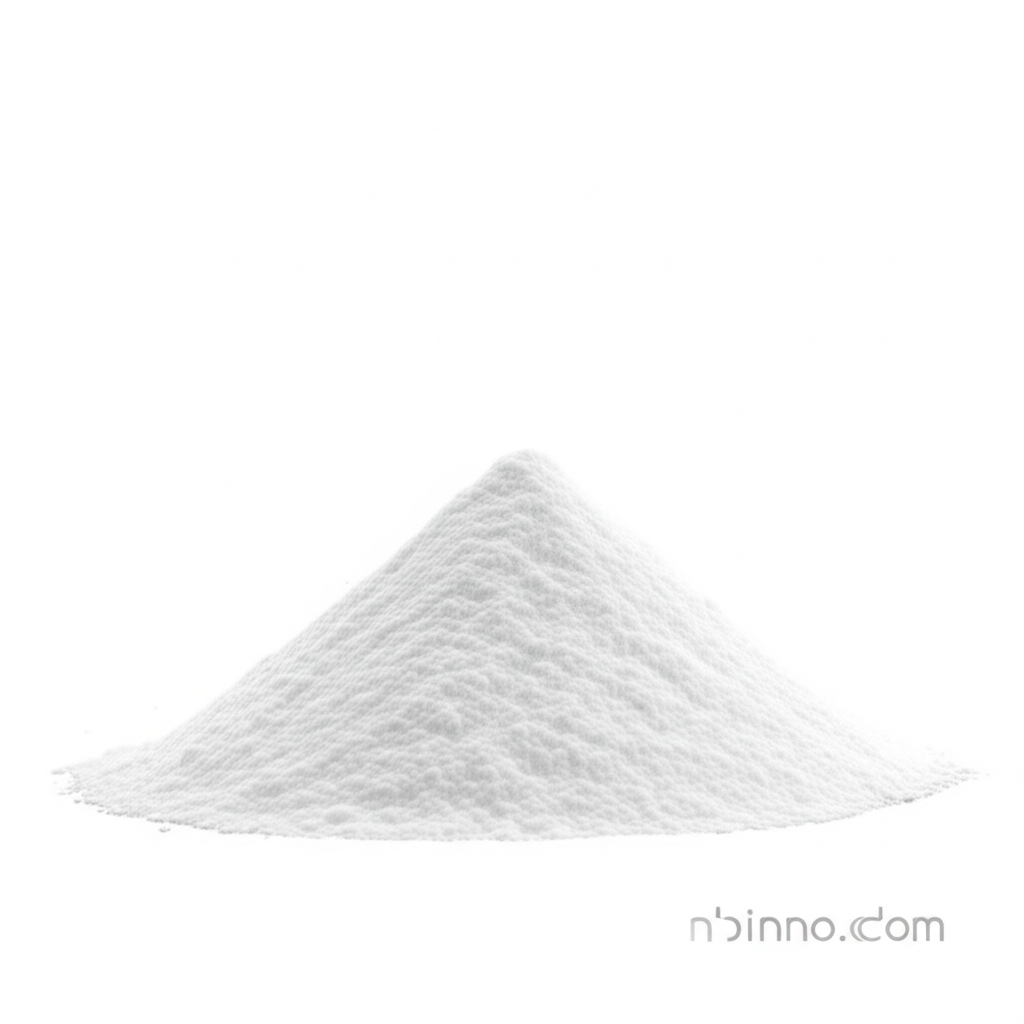N,N'-Bis(3-methylphenyl)-N,N'-diphenylbenzidine: Advanced Hole Transport Material for OLEDs
Discover the advanced properties of TPD, a key organic semiconductor revolutionizing OLED technology.
Get a Quote & SampleProduct Core Value

N,N'-Bis(3-methylphenyl)-N,N'-diphenylbenzidine
N,N'-Bis(3-methylphenyl)-N,N'-diphenylbenzidine (TPD) is a high-performance organic semiconductor extensively utilized in the development of next-generation organic electronic devices. Its exceptional charge transport capabilities make it indispensable for applications requiring efficient hole mobility and stable performance.
- Harness the power of TPD for optimal charge transport in OLED applications, ensuring efficient device operation and longevity.
- Leverage its unique properties as a blue-violet light-emitting material or host material in advanced organic light-emitting diodes.
- Benefit from its high purity, often exceeding 99% through sublimation, which guarantees superior device performance and reliability.
- Utilize its well-defined HOMO (5.5 eV) and LUMO (2.3 eV) energy levels for precise energy transfer and efficient electron mobility in organic electronic devices.
Key Advantages Offered by TPD
Enhanced Device Efficiency
TPD's role as a hole transport material significantly reduces energy dissipation within OLED devices, leading to improved operational efficacy and higher luminous efficiency.
Versatile Application Spectrum
Its molecular design allows for versatile use not only in hole injection and transport layers but also as an effective host material for various phosphorescent dopants, facilitating innovative OLED solutions.
Exceptional Purity and Stability
Achieving over 99% purity through sublimation ensures that OLEDs maintain color purity and brightness over extended periods, contributing to unparalleled performance and reliability.
Key Applications
OLEDs (Organic Light-Emitting Diodes)
TPD is a cornerstone material for high-performance OLED displays and lighting, acting as a crucial hole transport layer (HTL) and hole injection layer (HIL) material.
OPVs (Organic Photovoltaics)
Its efficient charge transport properties also make it valuable in organic solar cells, contributing to improved power conversion efficiencies.
PSCs (Perovskite Solar Cells)
TPD can be employed in perovskite solar cells as a hole transport material, enhancing device stability and charge extraction.
OFETs (Organic Field-Effect Transistors)
The material's semiconductor properties lend themselves to applications in organic field-effect transistors, enabling efficient charge carrier modulation.
